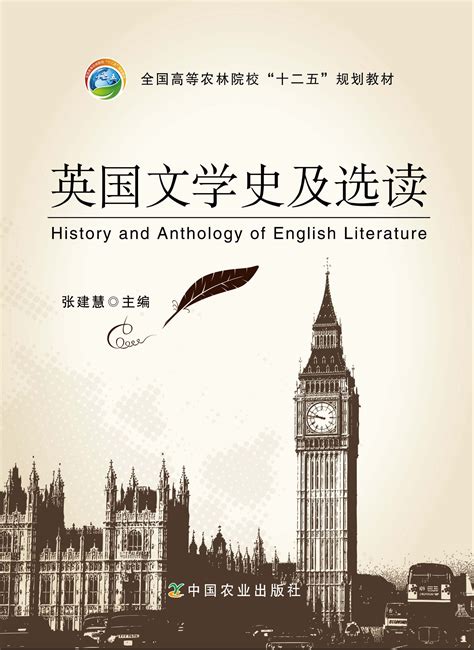您所在的位置:首页 - 知识 - 正文知识
文学鉴赏英文怎么写
![]() 奚诗科技
04-20
【知识】
445人已围观
奚诗科技
04-20
【知识】
445人已围观
摘要**Title:LiteraryAnalysisTemplateinEnglish****Introduction:**Beginwithanengagingintroductionthatprovi
Title: Literary Analysis Template in English

Introduction:
Begin with an engaging introduction that provides background information about the literary work being analyzed, including its title, author, genre, and any relevant historical or cultural context. Also, include a thesis statement that outlines the main argument or interpretation you will be presenting in your analysis.
Thesis Statement:
Present a clear and concise thesis statement that articulates the main argument or interpretation of the literary work. This statement should guide the direction of your analysis and provide a framework for your discussion.
Plot Summary:
Provide a brief summary of the plot, focusing on the key events, characters, and conflicts that drive the narrative forward. Avoid retelling the entire story in detail, but instead highlight the most significant elements that contribute to the overall theme and meaning of the work.
Character Analysis:
Examine the main characters in the literary work, discussing their traits, motivations, and relationships with other characters. Analyze how the characters develop and change over the course of the story, and consider the significance of their actions and decisions in relation to the themes of the work.
Theme Analysis:
Identify and discuss the central themes or ideas explored in the literary work. Consider how these themes are developed through the plot, characters, setting, and other elements of the narrative. Explore the deeper meanings and implications of the themes, and examine how they resonate with the reader's own experiences and understanding of the world.
Symbolism and Imagery:
Analyze the use of symbolism and imagery in the literary work, focusing on recurring symbols, metaphors, and motifs that contribute to its overall meaning and effect. Consider how these literary devices enhance the reader's understanding of the themes and characters, and explore the symbolic significance of key objects, settings, and events.
Language and Style:
Examine the author's use of language and style, including narrative voice, tone, diction, and syntax. Consider how these elements shape the reader's experience of the text and contribute to its overall impact and effectiveness. Pay attention to any notable literary techniques or devices employed by the author, such as foreshadowing, irony, or allegory.
Conclusion:
Summarize the key points of your analysis and reiterate your thesis statement. Reflect on the significance of the literary work within its cultural and historical context, and offer any final insights or interpretations that further illuminate its meaning and relevance. End with a thoughtprovoking closing statement that encourages readers to consider the work from new perspectives or to explore related themes and ideas further.
Tags: 文学鉴赏英文怎么写 英语文学鉴赏 英语文学鉴赏怎么写 文学鉴赏的英文
上一篇: 十万新能源汽车有哪些
下一篇: 上饶有哪些新能源公司


